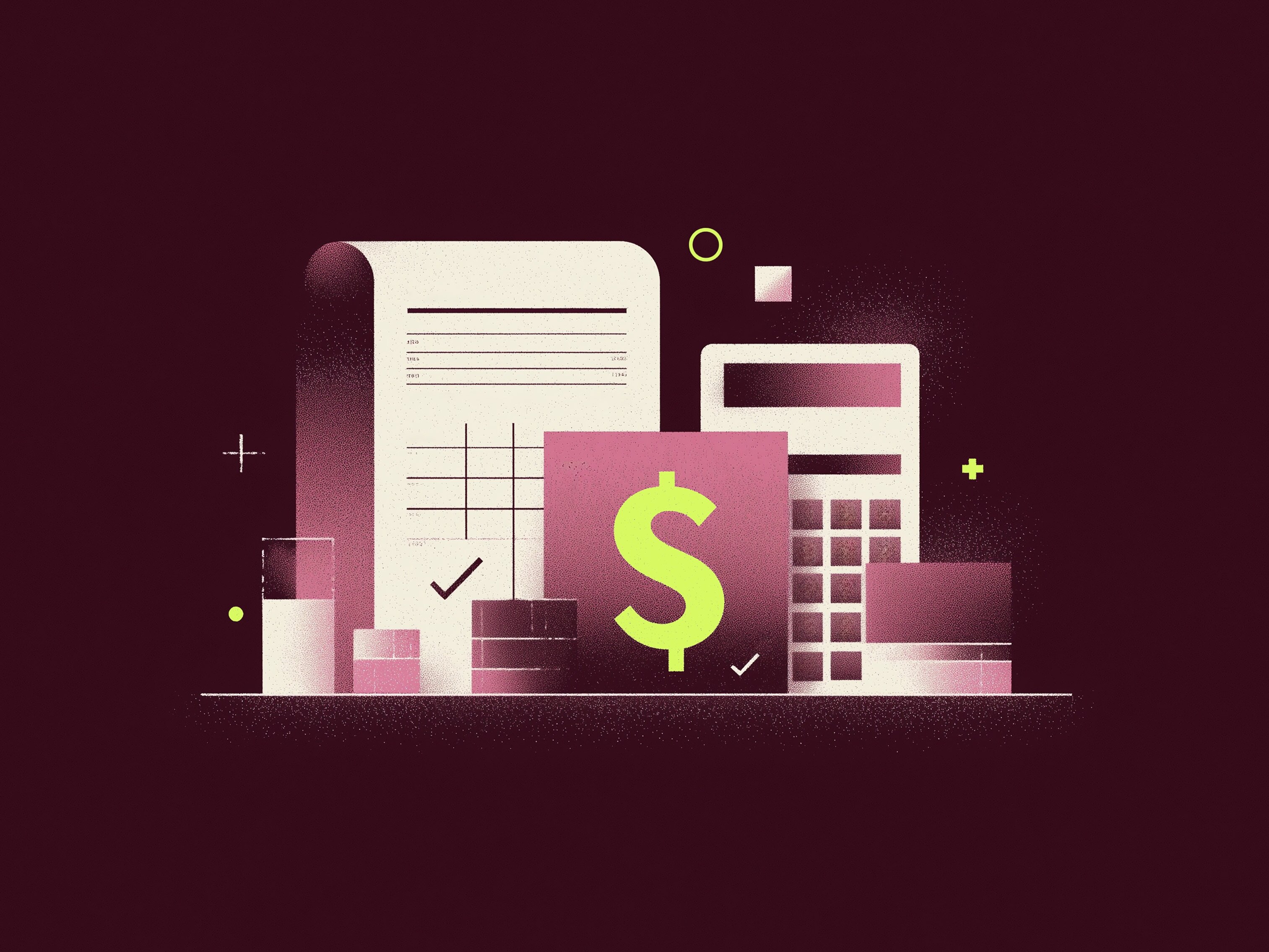According to an economic model from Bloomberg, the likelihood of a recession has reached 100%. And because self-employment increases during a recession, we can all expect a bit more competition.
But take it from a handful of thriving solopreneurs: Recessions aren’t necessarily bad for freelancers. While many of us have experienced a sudden loss of work, other areas for growth have just burst open. Contract workers often cite the flexibility of freelancing their reason for making the switch. Now’s the time to use that flexibility for an energetic pivot. Here’s the most inspiring advice we’ve heard, from entrepreneurs who have figured out how to outsmart the recession and whose businesses don’t show any signs of slowing down.
Rule #1: Seek out recession-proof industries.
Stephanie Pierce quit her full-time graphic design job in 2008, in the middle of the Great Recession. Drained by office politics and not particularly into her job or her location, it was time for a bold move. After she got fed up with competing for freelance event photography gigs, she made the switch to commercial real estate photography and quickly had more than enough work to fill her schedule and bank account. The pivot taught her to trust her instincts: “I really just wish I had switched to the commercial side of things earlier. Because of my own delay, it took two more years to become profitable than it would have otherwise.” Eight years later, she has a roster of construction and commercial real estate clients with big budgets. If Target needs new photos, they can pay handsomely for them, partly thanks to The Great Toilet Paper Panic of 2020. Pierce has experienced the opposite of what many have during the pandemic: She has more clients now who “see the value in what I can bring to the table, and how I can help their business.” If you’ve held off going after a big client, now is the time to shoot your shot.
Where to find recession-proof clients? History is a valuable guide. Brooke Wilson began her self-employment journey a few months before the COVID-19 pandemic hit. But while the economy crashes and burns, Wilson takes proactive steps: “I’ve already done research on which industries did well in 2008,” she says. “I made myself a list of people and companies I know in all those industries. So when I’m ready for more work, those are the companies I’m going to go after.” Fortunately, Wilson doesn’t currently need to look for work. Her main client is in the booming healthcare sector.
Self-employed entrepreneurs should also look at what businesses have flourished in recent months. Zoom, for instance, has dramatically increased its user base, and its shares have doubled in value. Shopify, Amazon, and Teledoc have all profited from the stay-at-home orders. The economy may be stalling, but these businesses have plenty of room for growth and have big budgets for entrepreneurs who can address their rapidly-evolving needs.
Rule #2: Keep an open mind.
Competition in your field may have gone up, but it’s possible that opportunities could spike, too. Even when she isn’t looking for full-time work, Wilson keeps an eye on job postings. She suspects that more businesses may be open to hiring self-employed workers rather than full-time employees. Hiring patterns change during a recession, in a way that often works to the benefit of freelancers. Independent contractors don’t get employee benefits or office space, making them cheaper to hire, and more attractive when budgets tighten. As the pandemic continues to disrupt business, companies are “probably second-guessing their headcount. Maybe now is a great time to pitch your services,” she says.
Rule #3: Up your R&D.
Money might be tight. But time isn’t, so work with what you’ve got. Businesses invest in research and development. What is your solo business doing right now to emerge from the recession with new skills? Until recently, web developer Phil Ledru took web technology contracts to pay the bills. Now he has enough money saved up to focus on growing his machine learning skills. His ultimate goal? Getting a job working in artificial intelligence. We get that not everyone can stop working right now. But now that some people have extra time, we’ll just point out that Coursera and Skillshare frequently offer discounts and free trials. Ledru encourages self-employed workers to see the changing workforce as a landscape of opportunity. “I'd probably give the same advice to anyone whose skills are in demand,” he says. “Seek to gain experience and mastery, now. Everybody's numb and moving at a snail’s pace, so move now, and move fast.”
Rule #4: Dream big.
Instead of focusing on getting back to “normal” (spoiler: no one’s going back to their pre-pandemic lives), self-employed entrepreneurs should be thinking about what they can do to make the most of the challenges presented by COVID. And maybe making the world better. “Suppose you launch a killer app for remote work today?” Ledru asks. “Then you get to define what remote work means for the next decade. Suppose you design a killer office model that allows people to work together without any risk of infection? Then you get to define what ‘office’ means in the new world.” There is a new world on the horizon. For self-employed workers with a vision, that world has unmatched potential. “It's time to level up inside, then come back stronger than ever,” Ledru says.
You Might Also Like:
Hey Freelancers! Here’s How to Navigate COVID-19
If Your Client Says They Can’t Pay You Anymore, Do This
How Successful Freelancers Stay Organized and Keep Burnout to a Minimum


.jpg)

